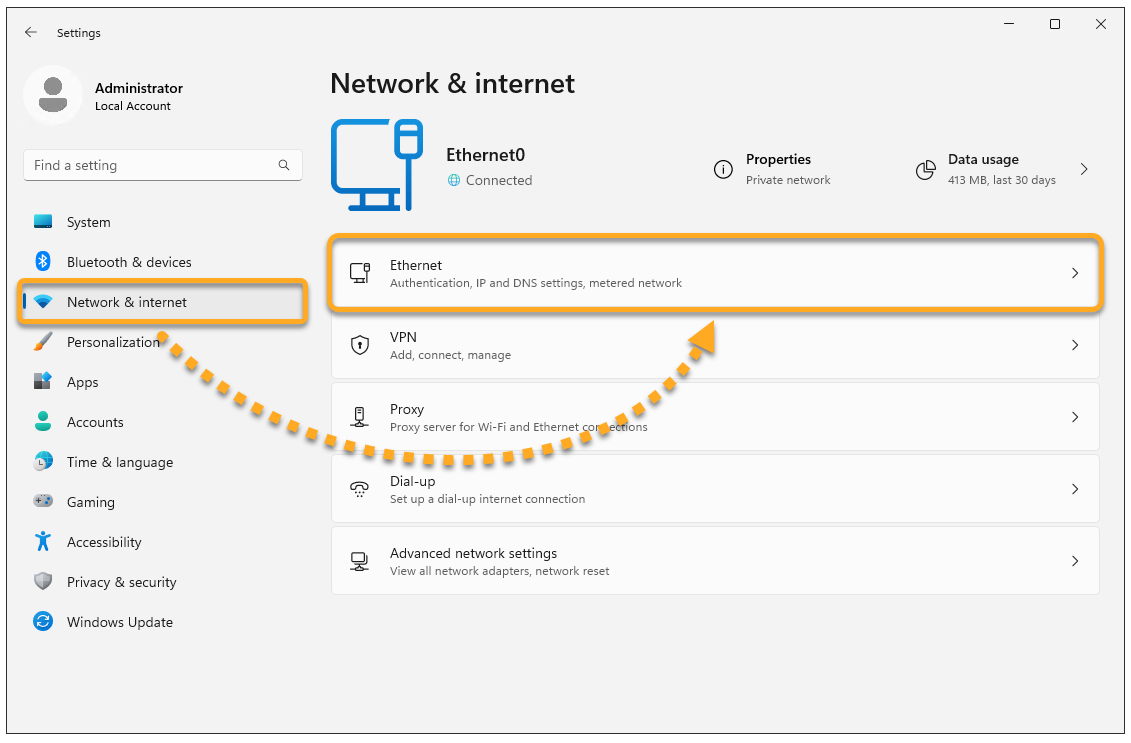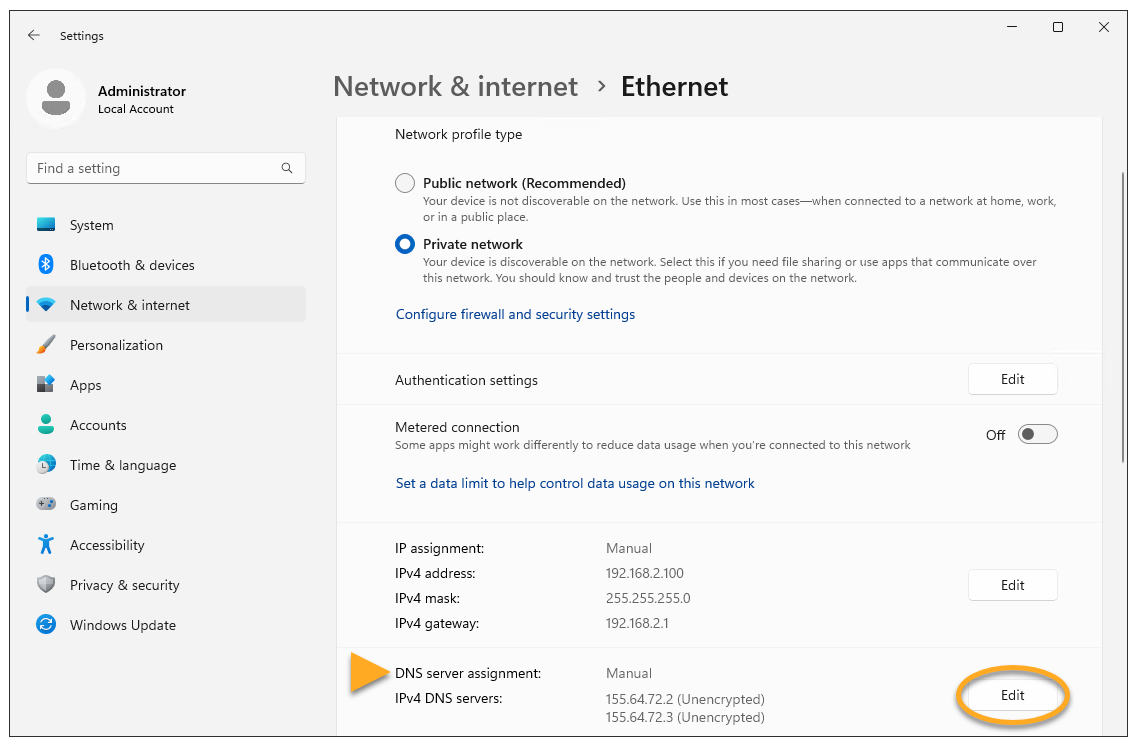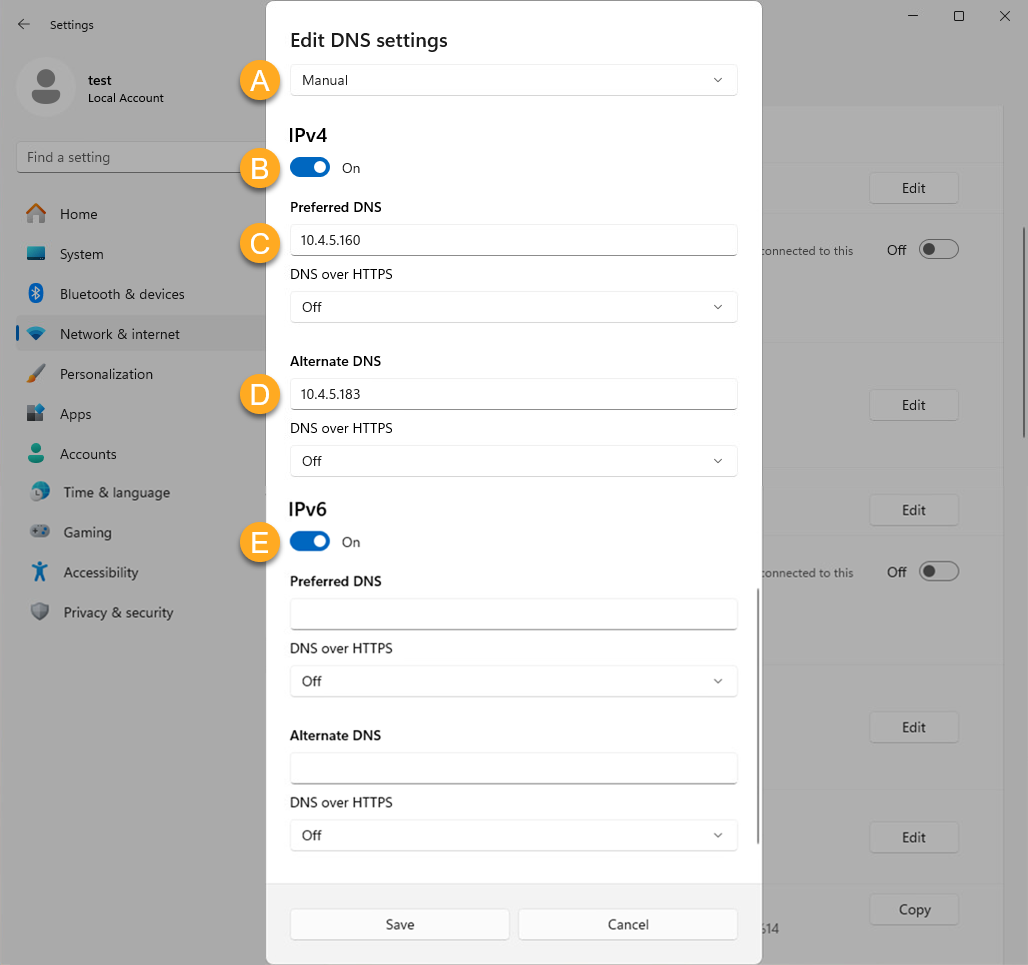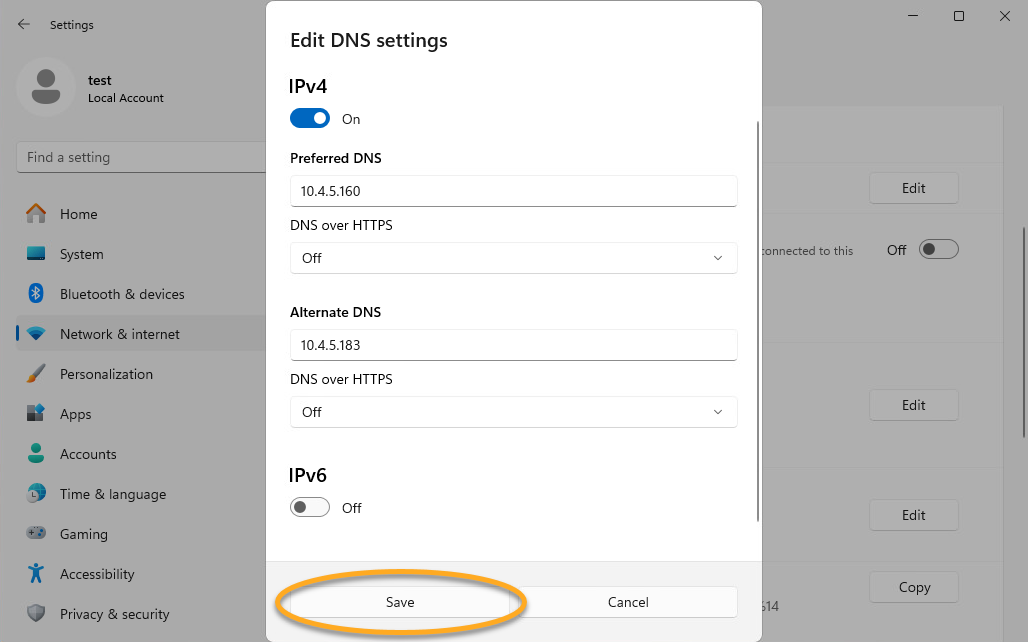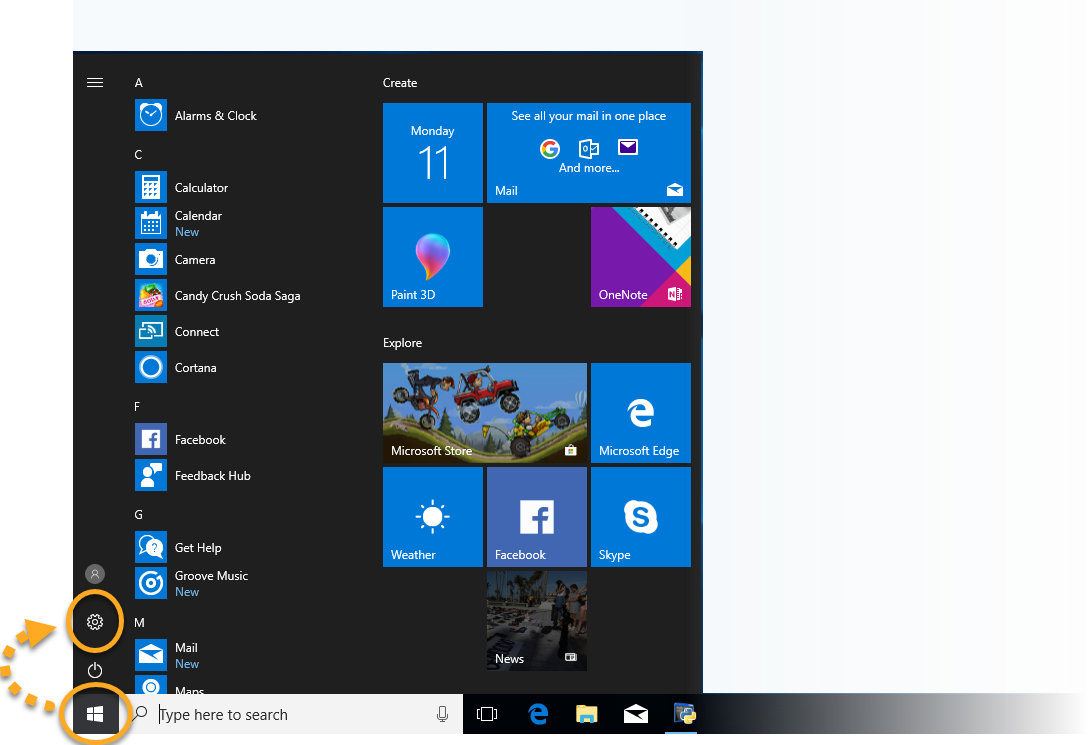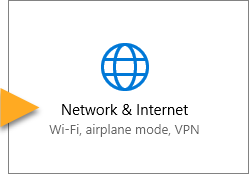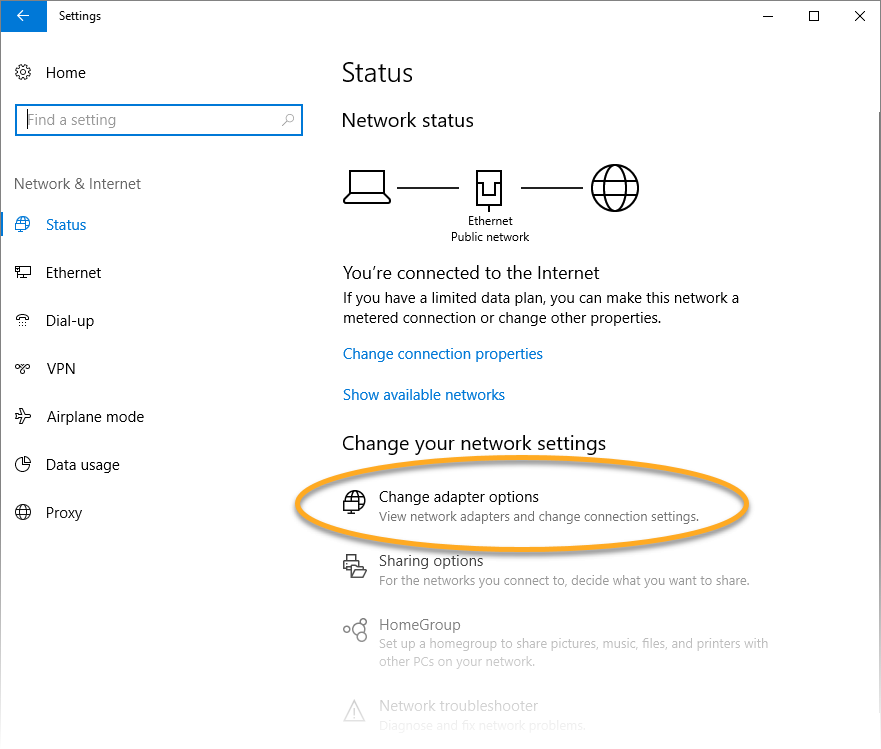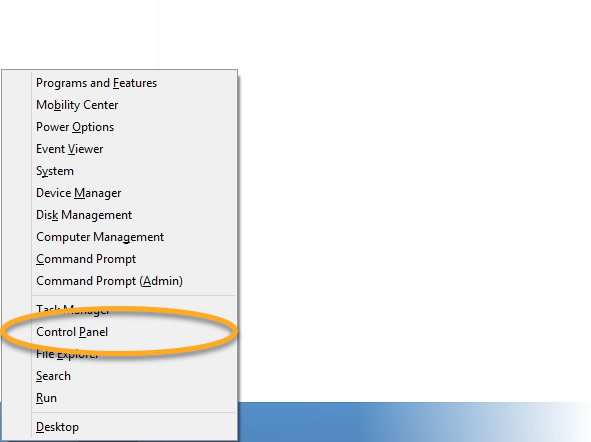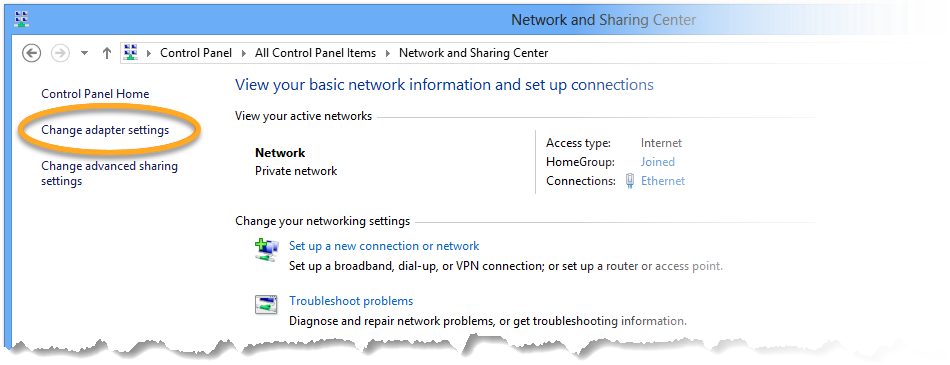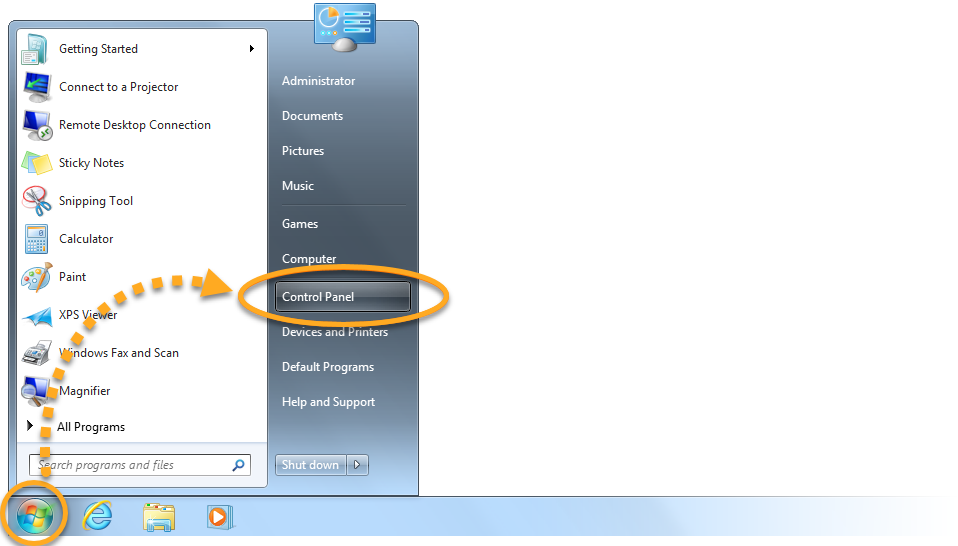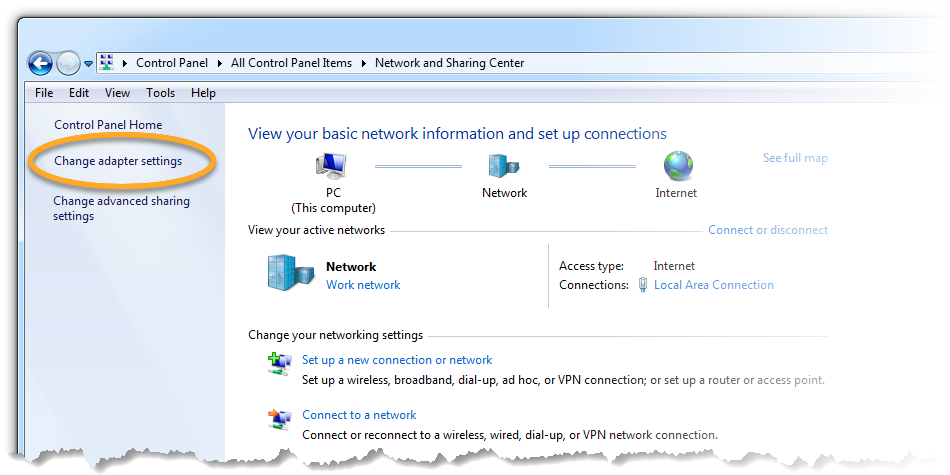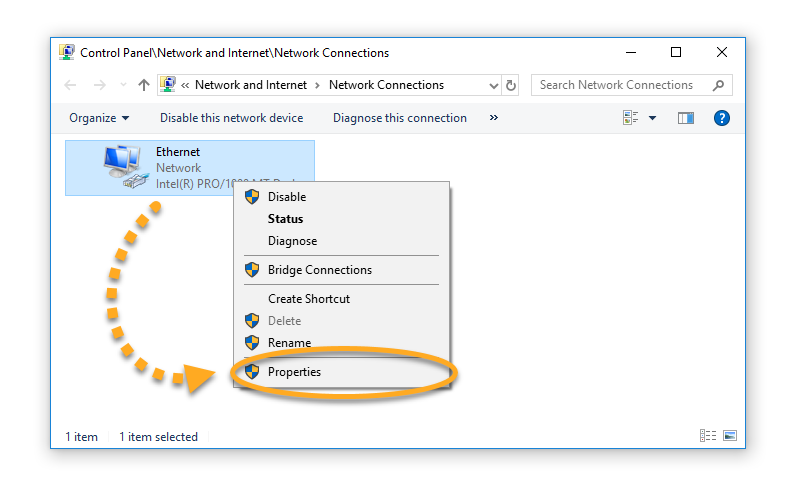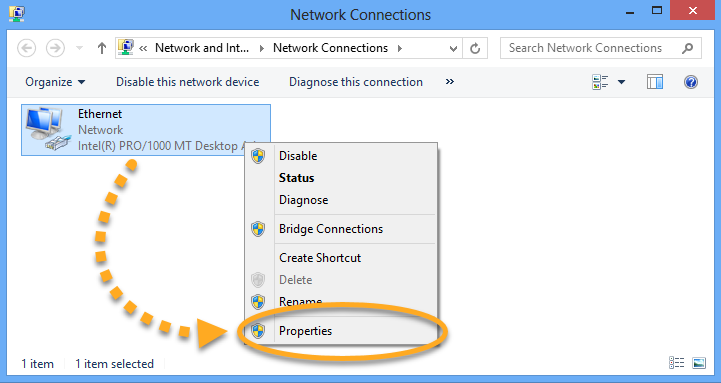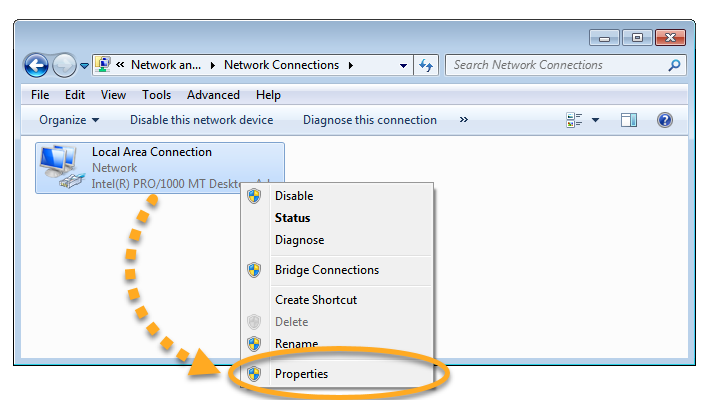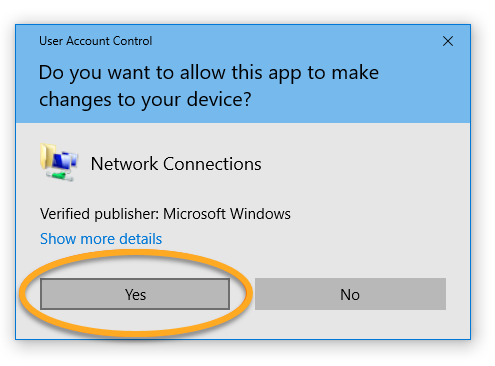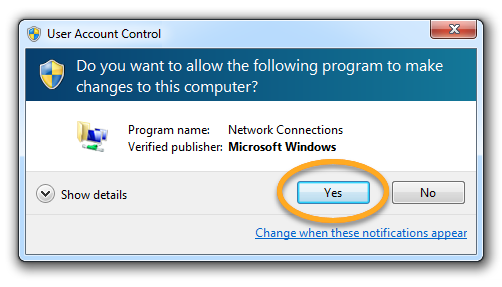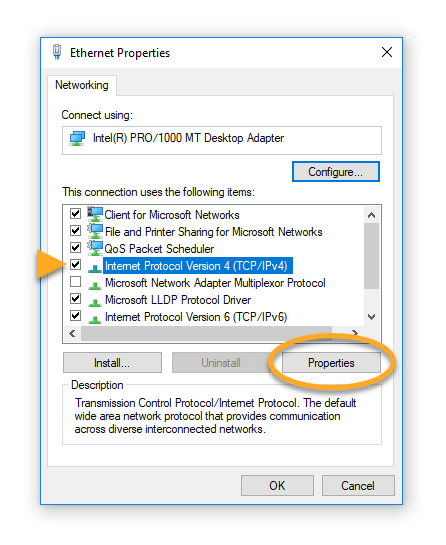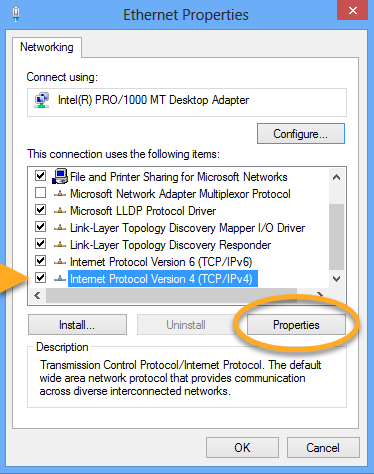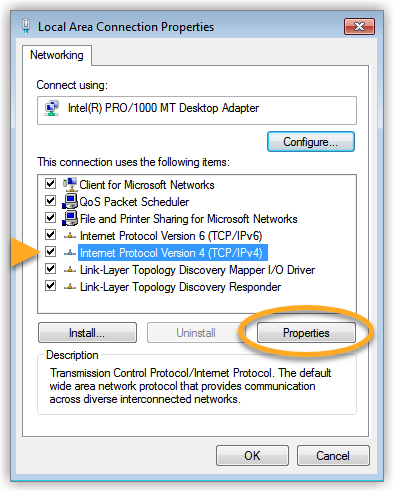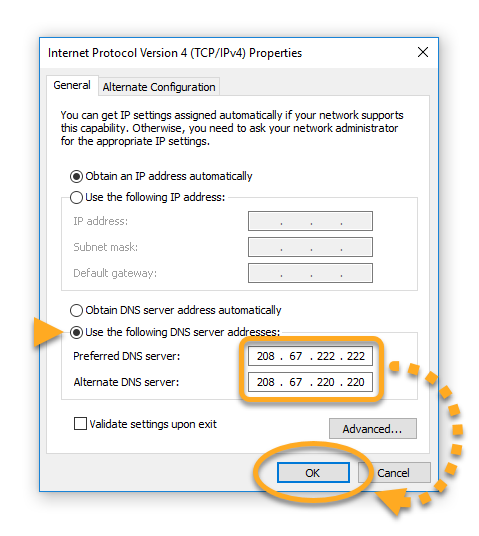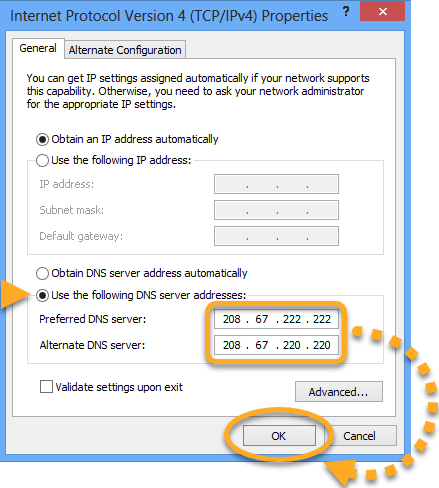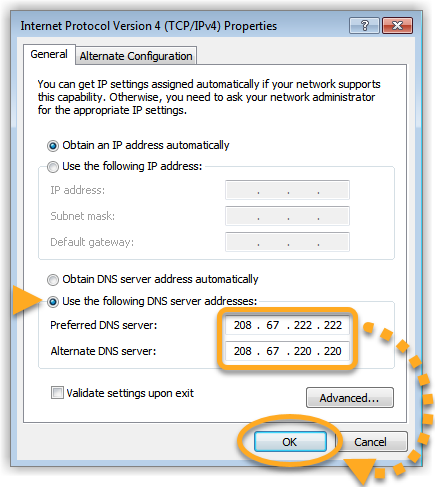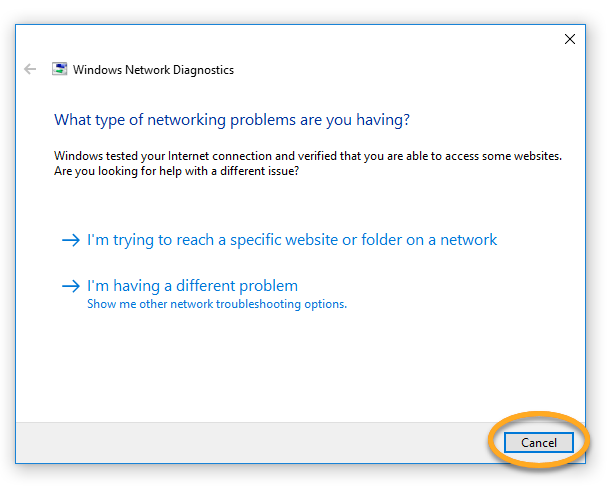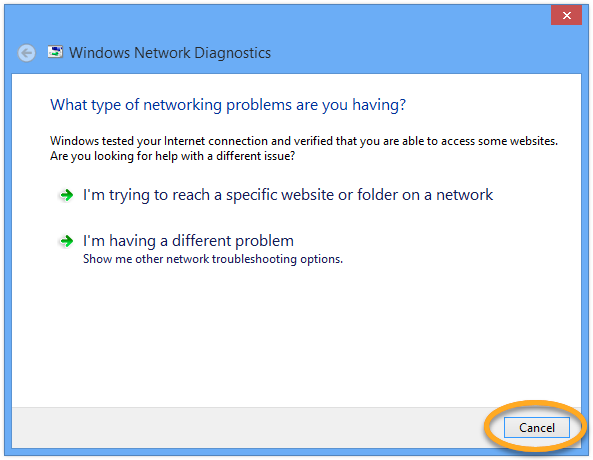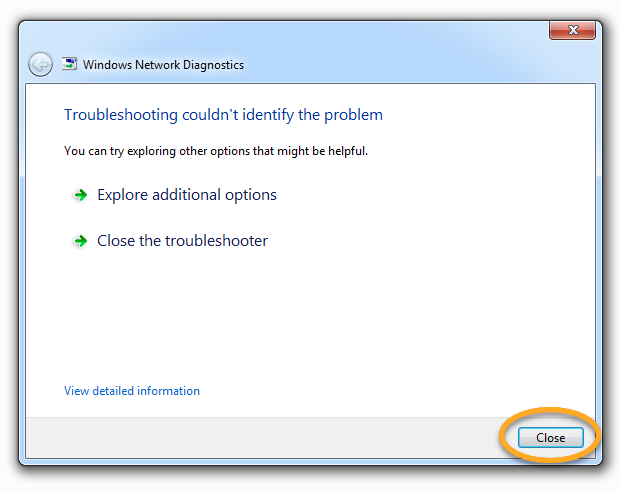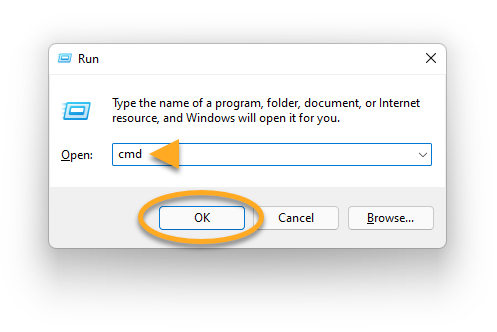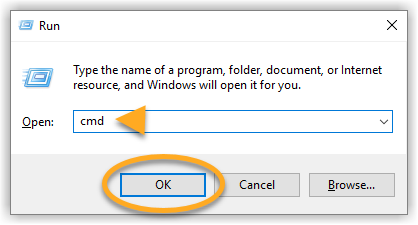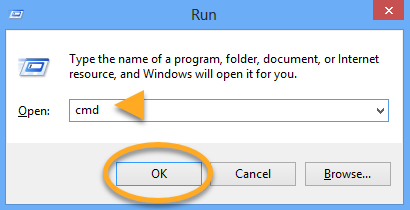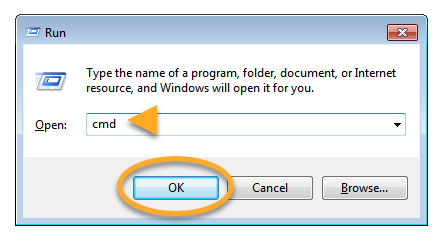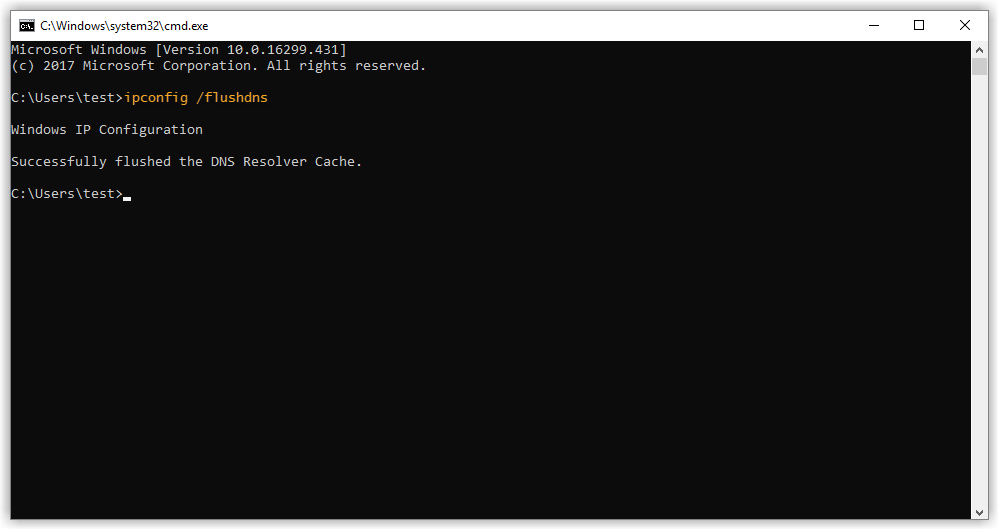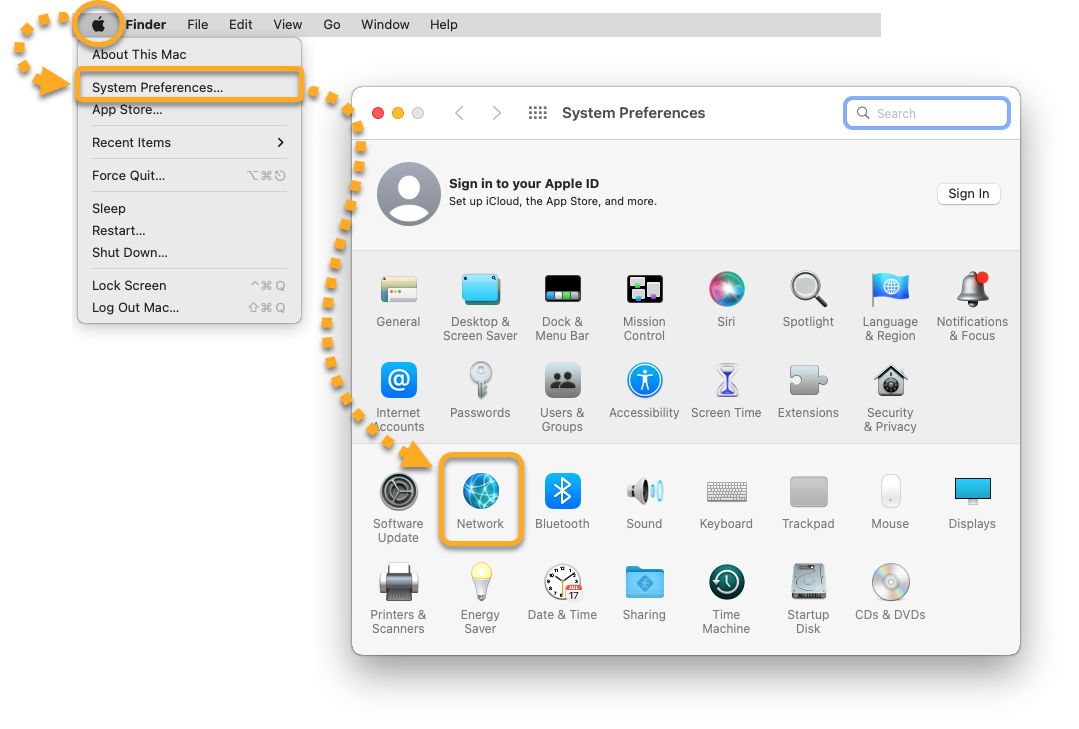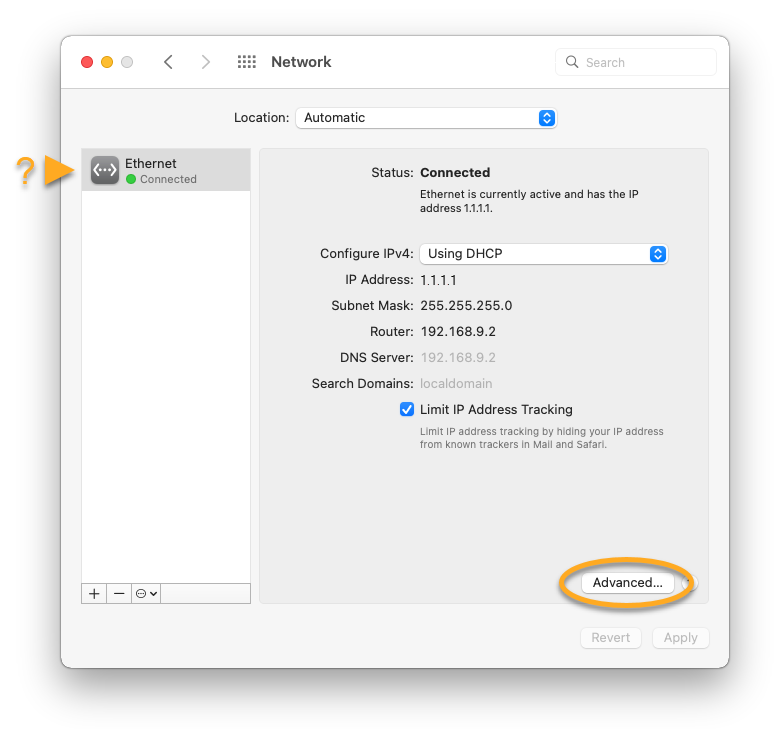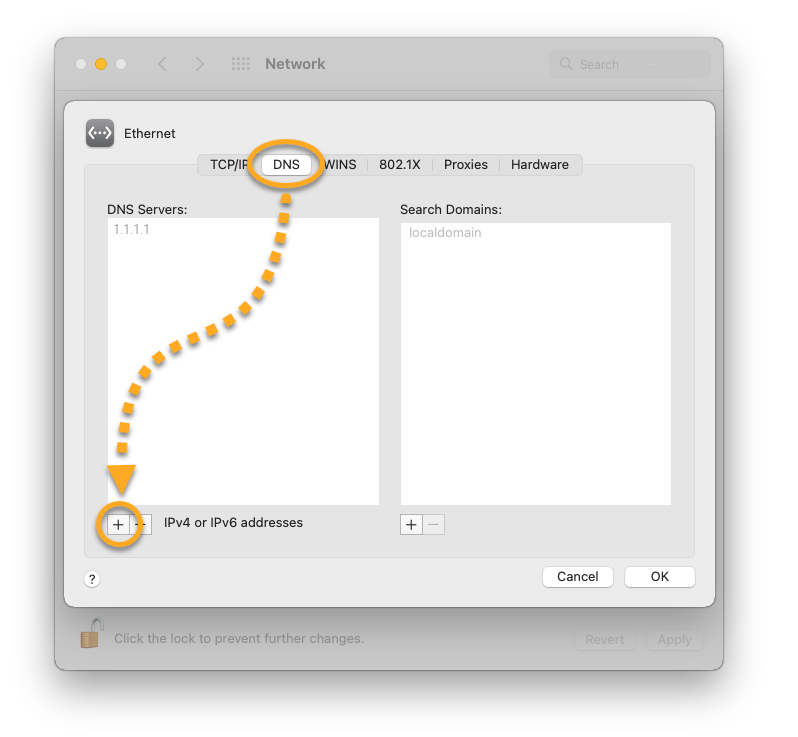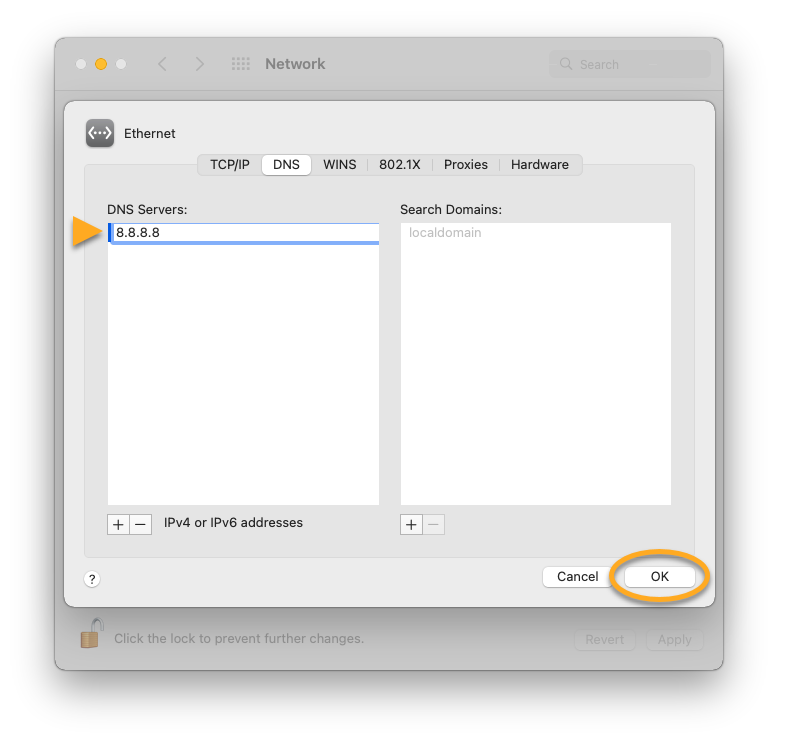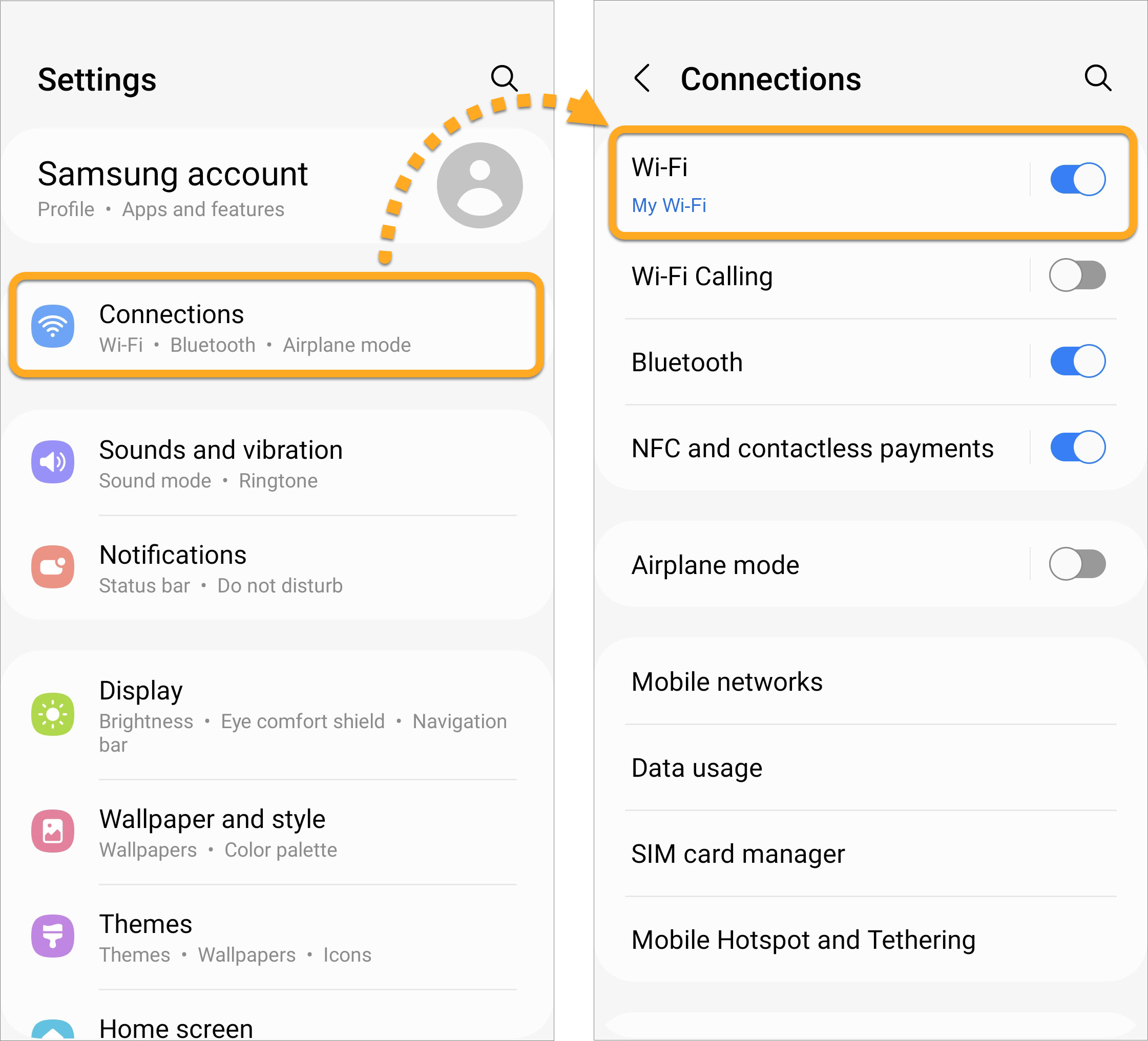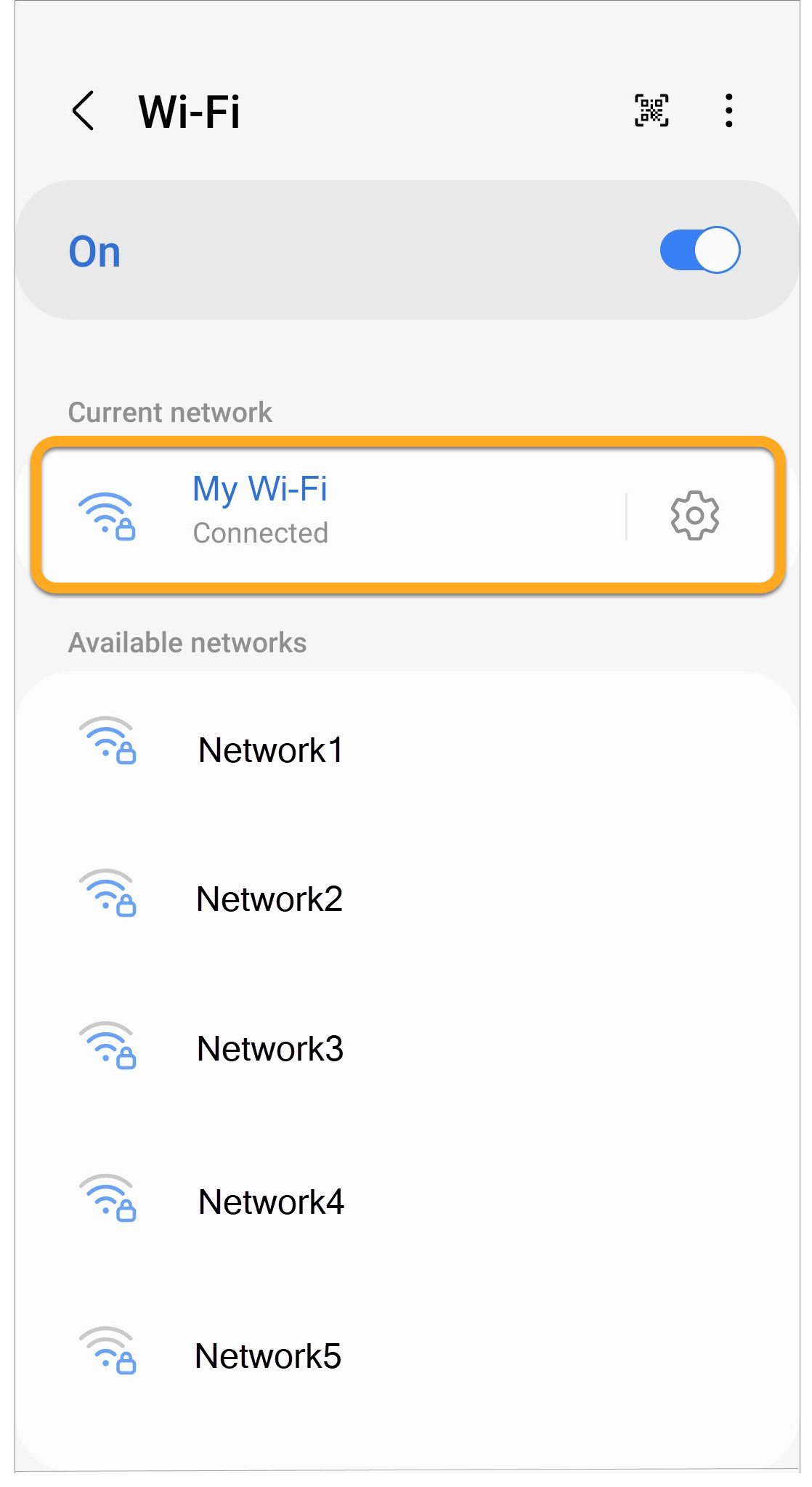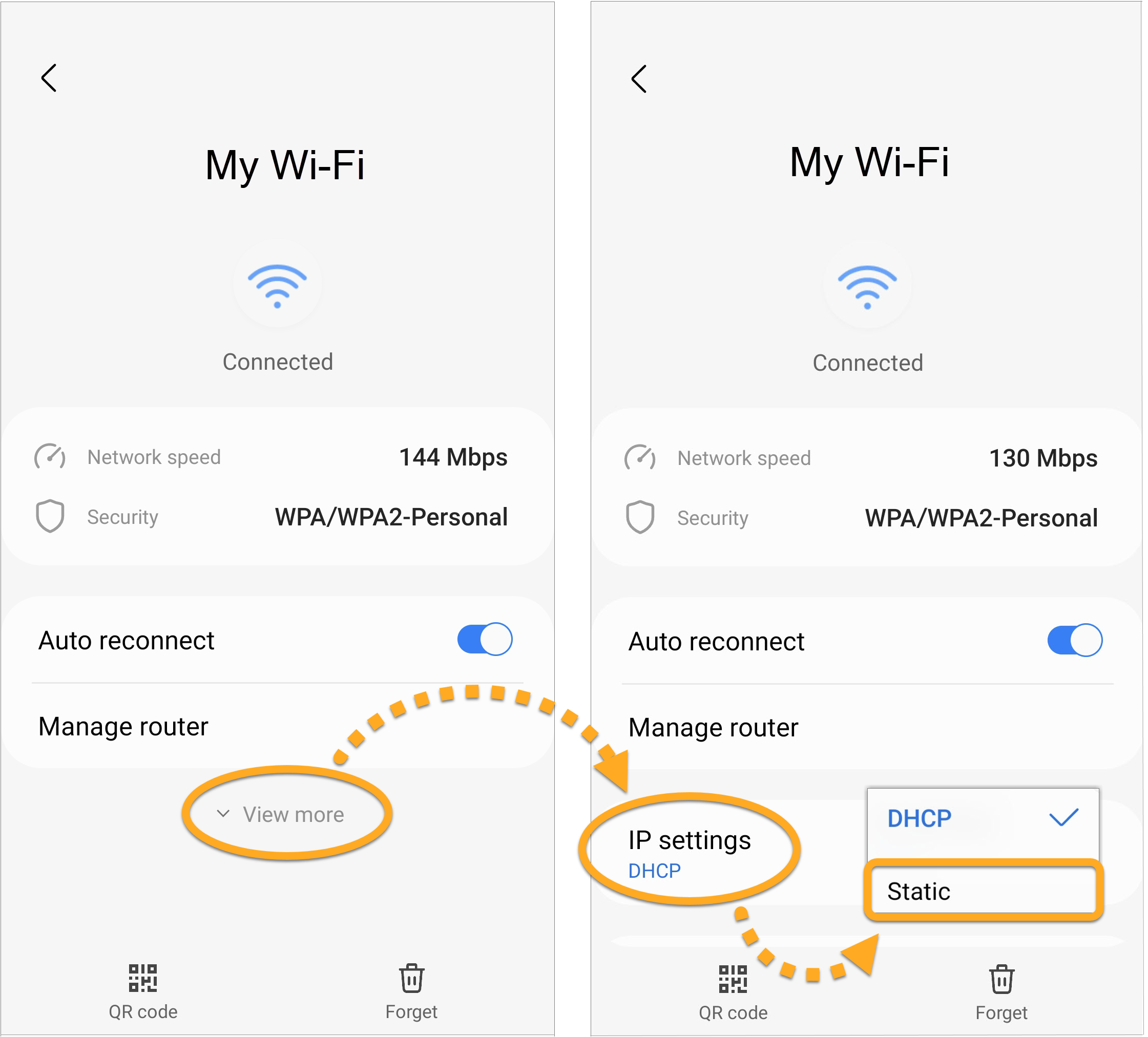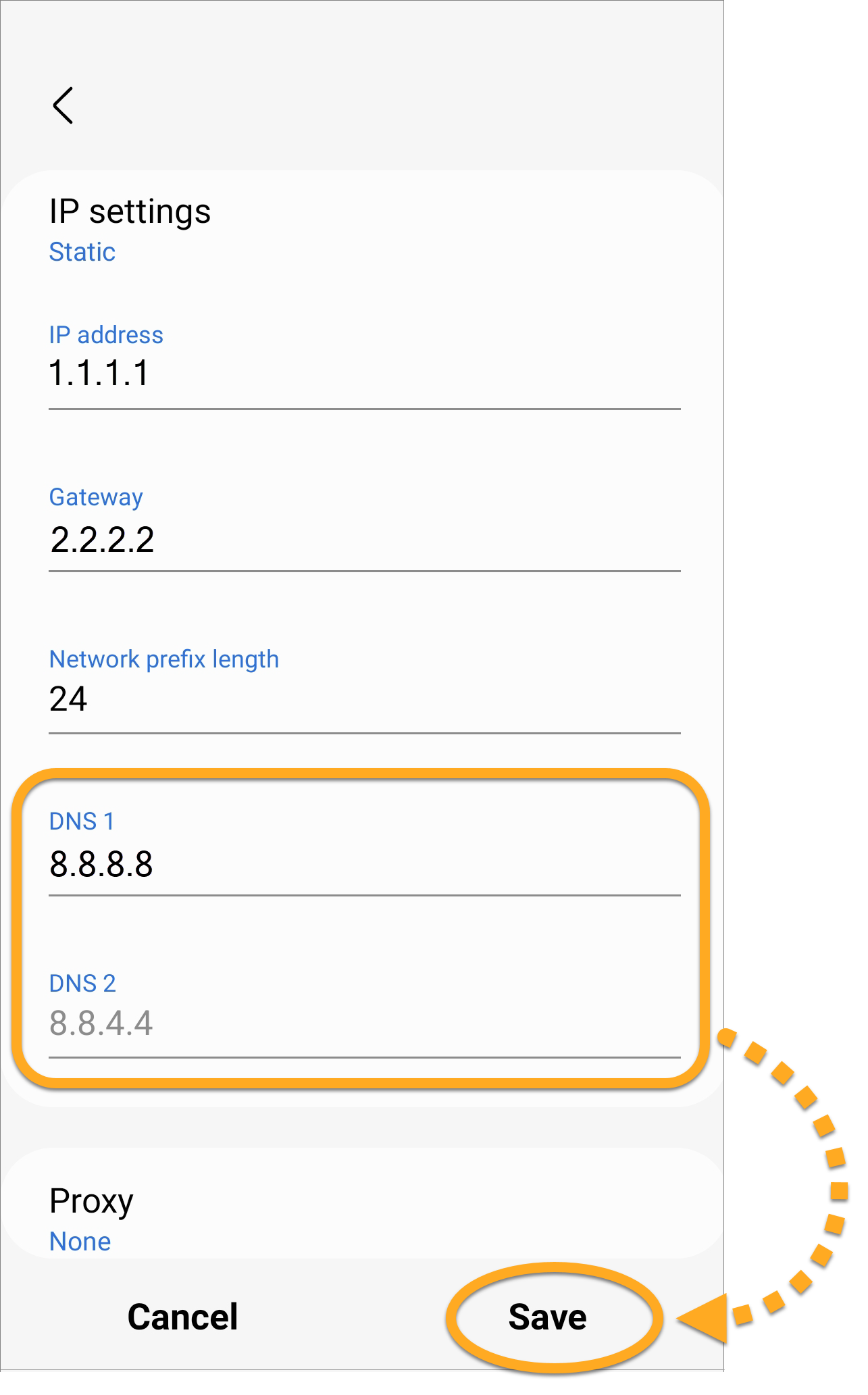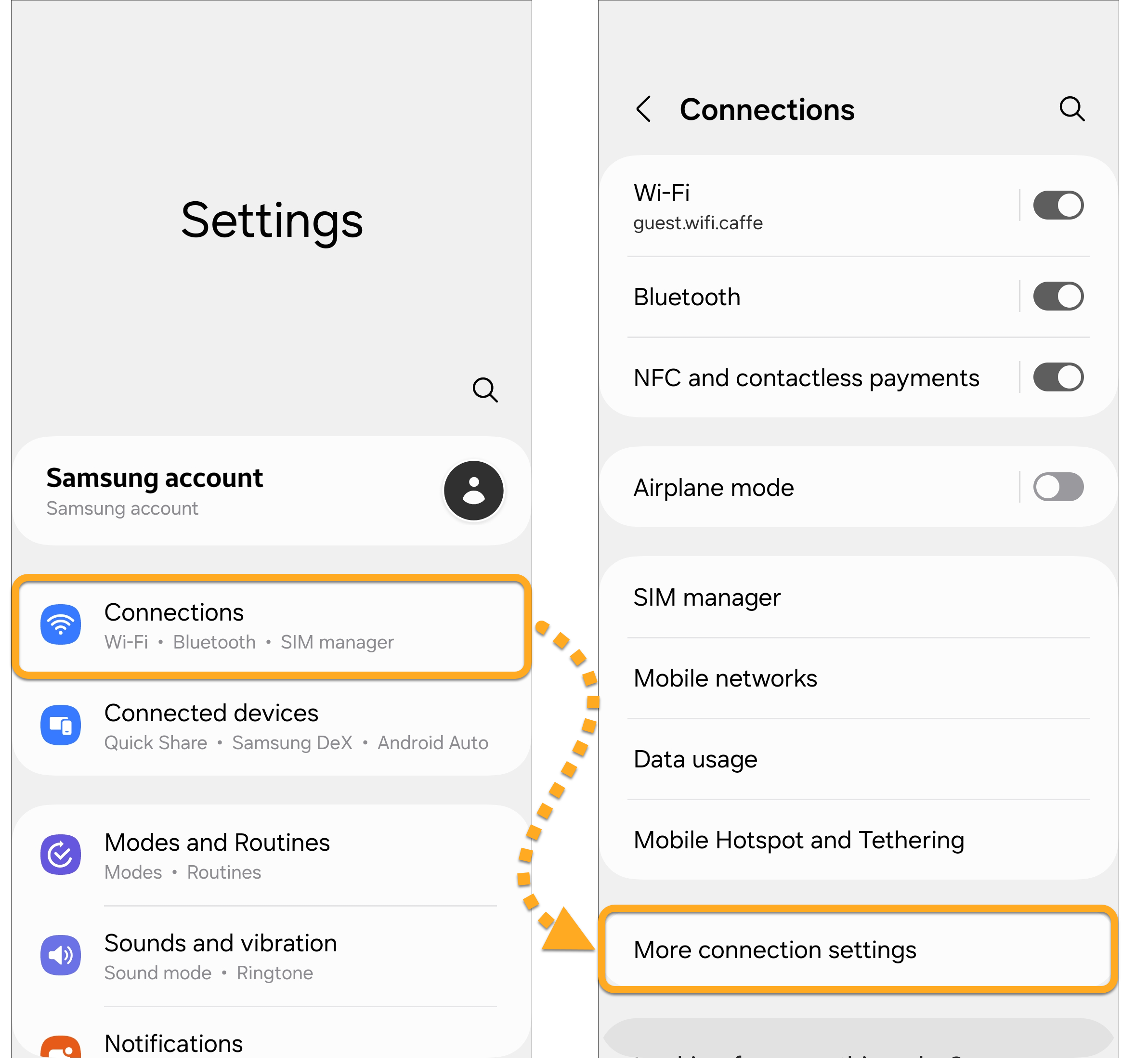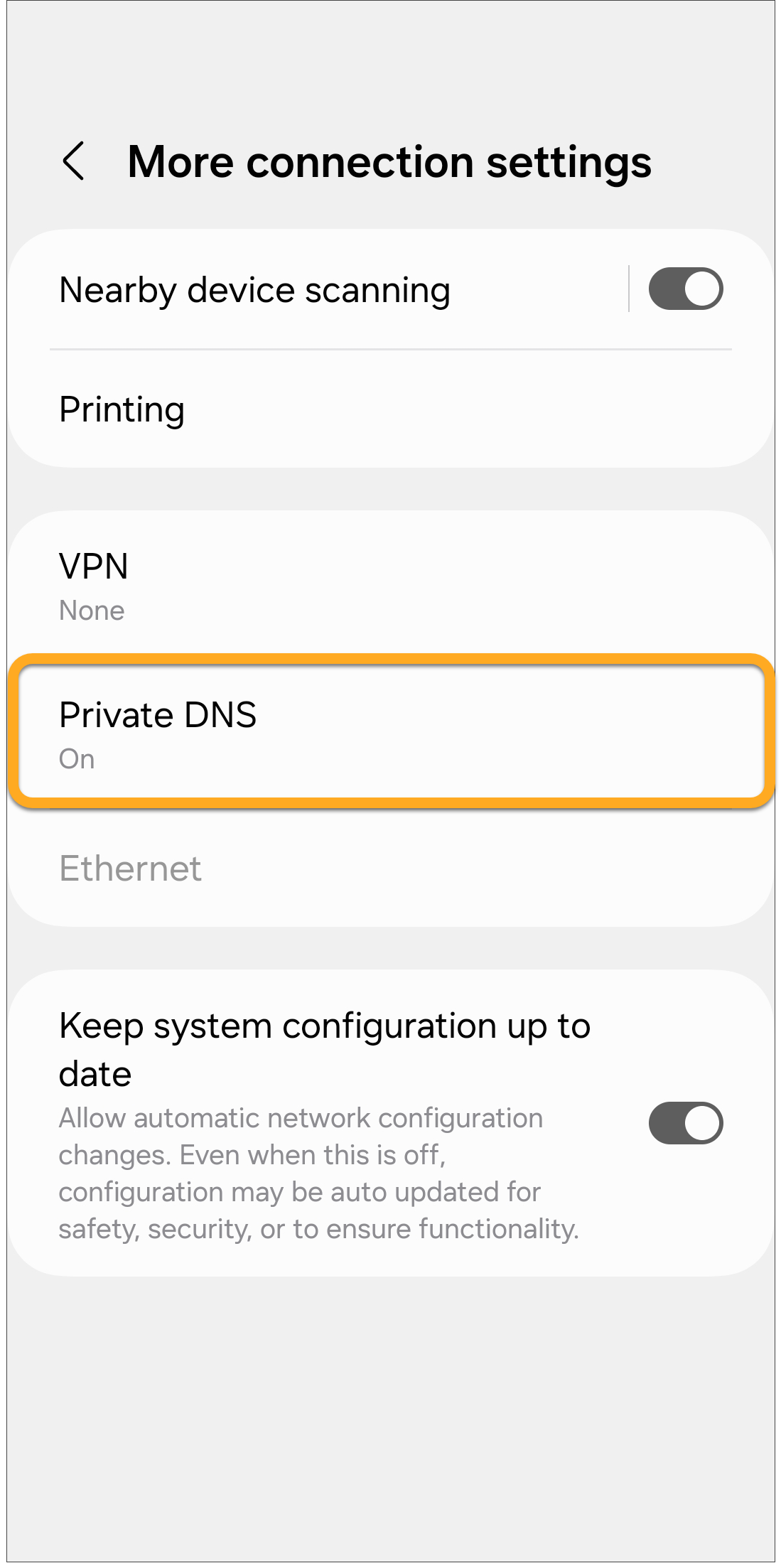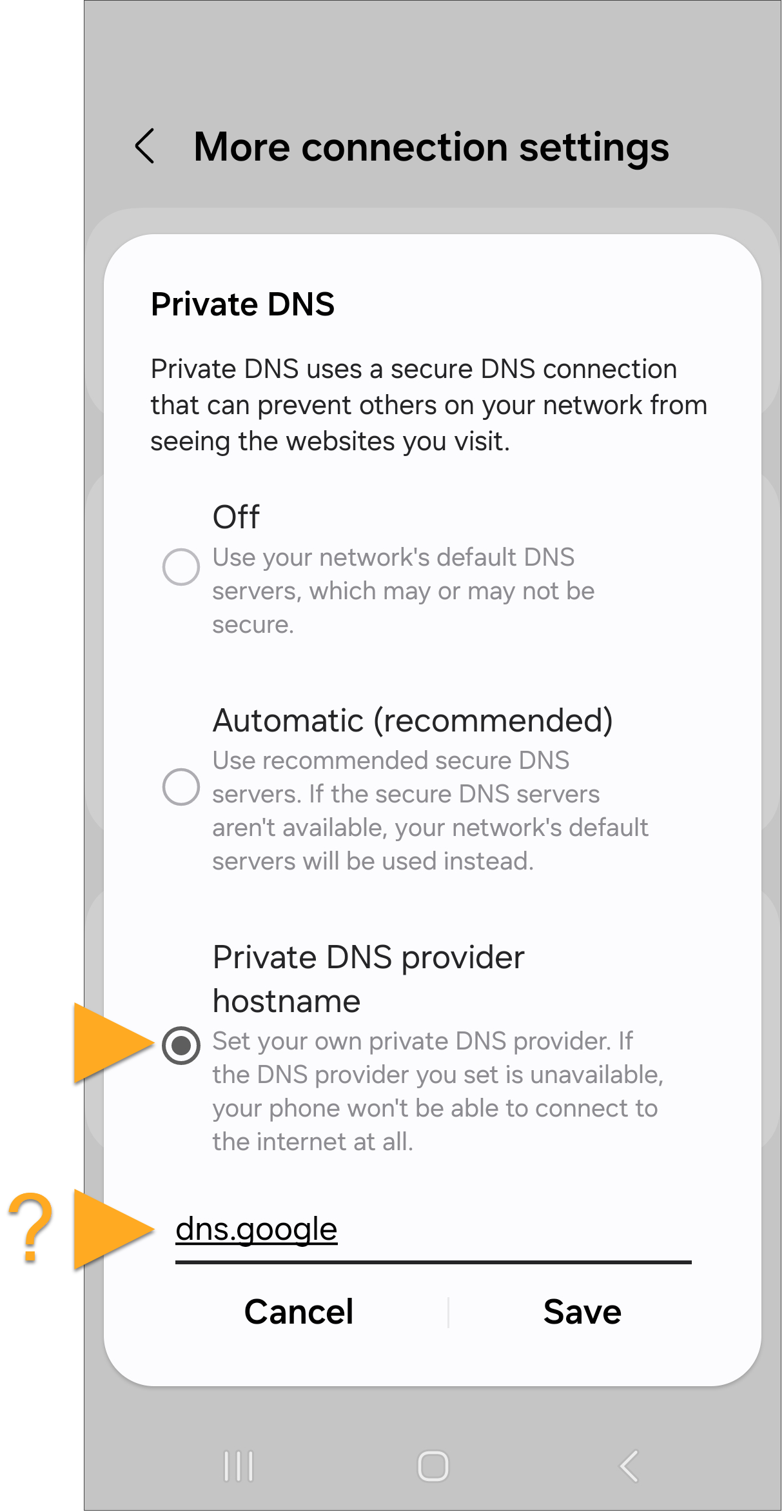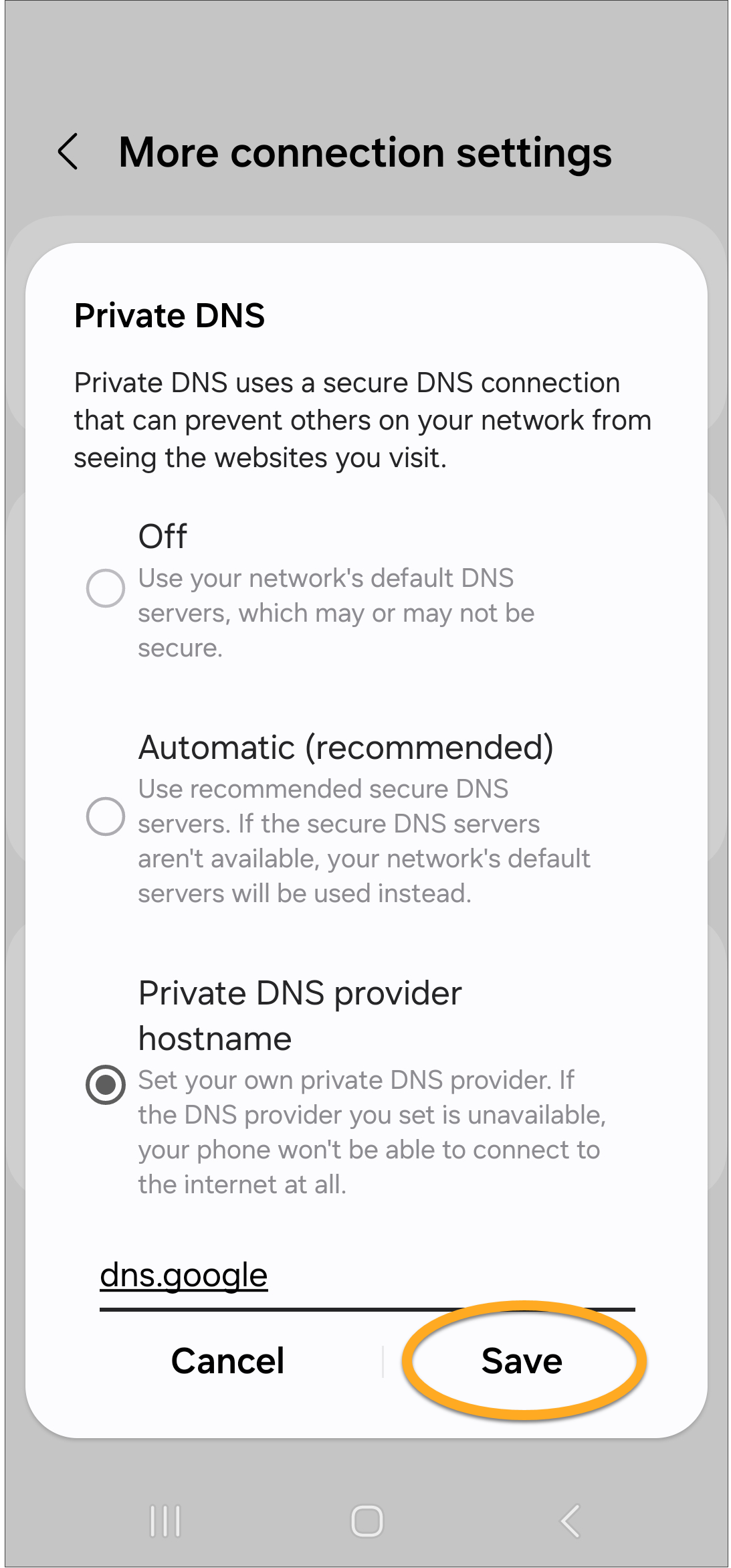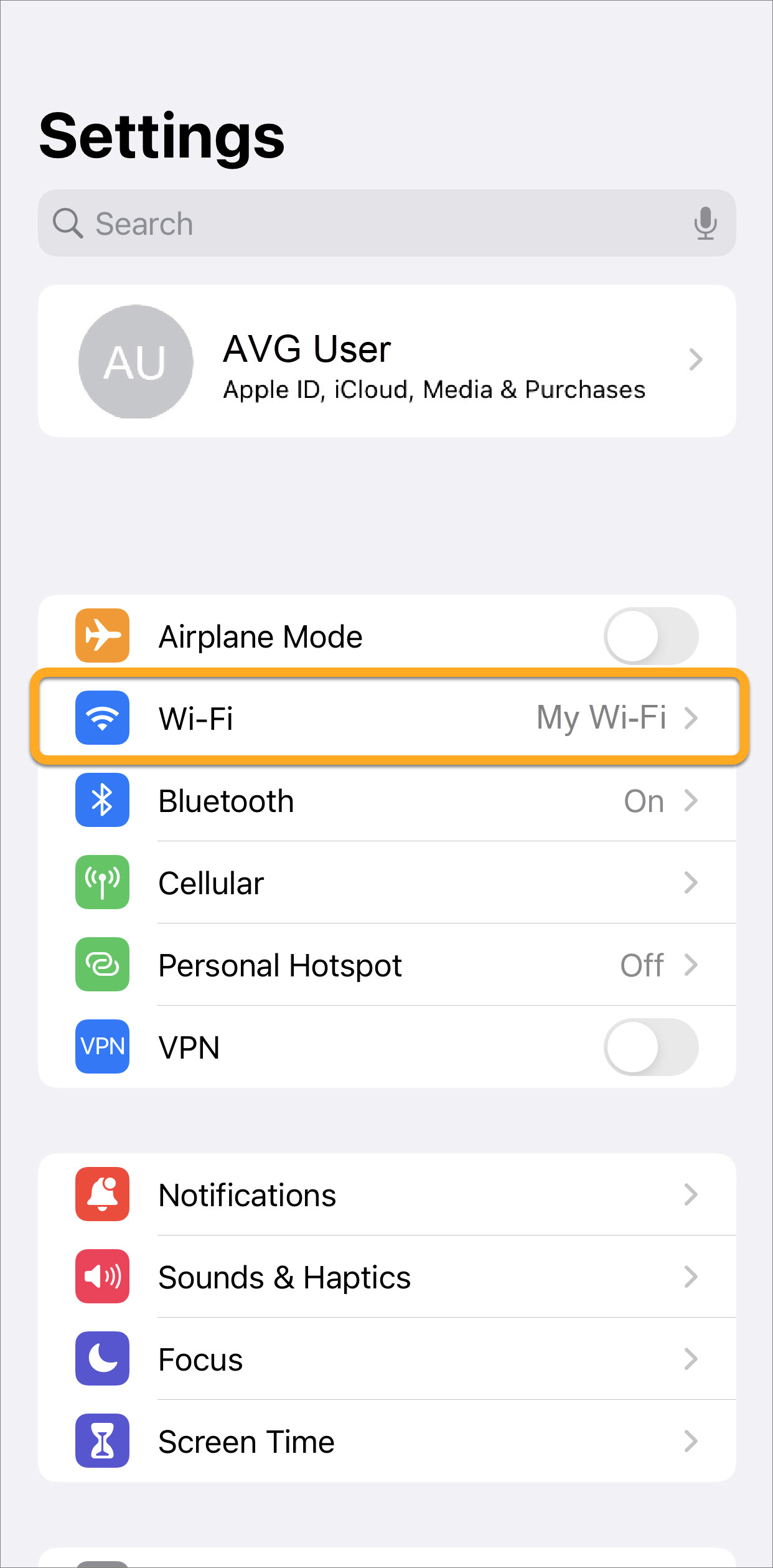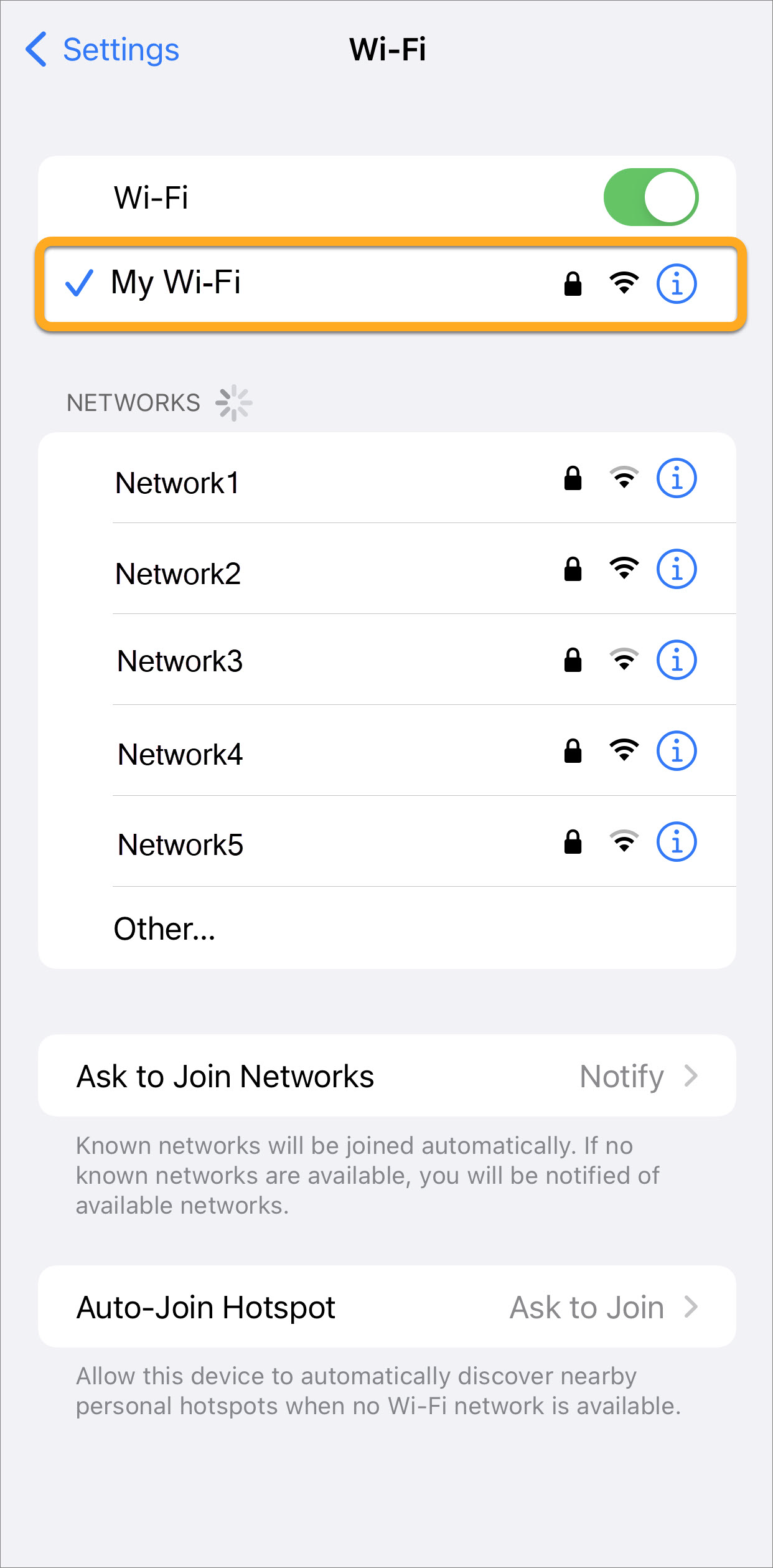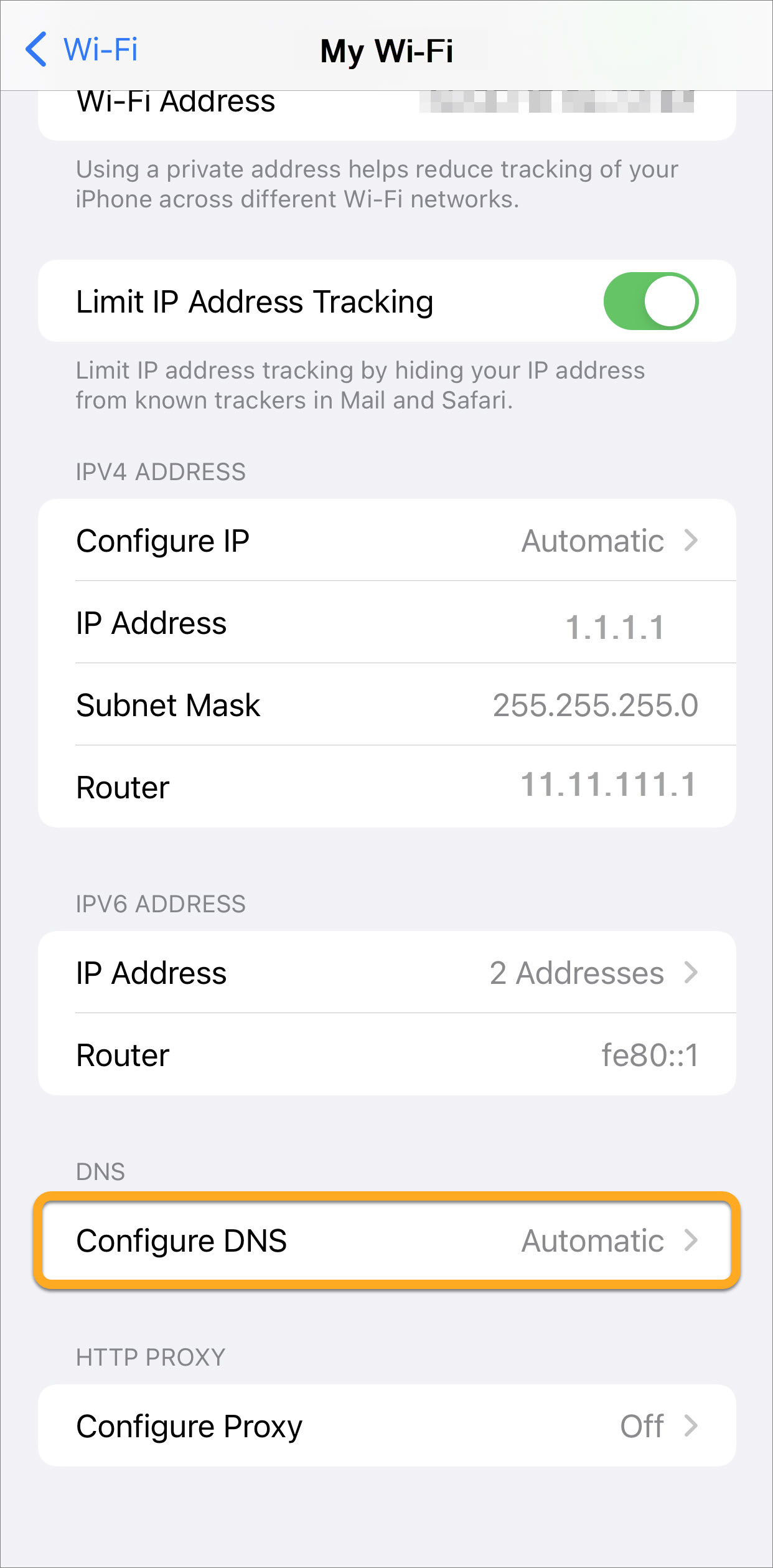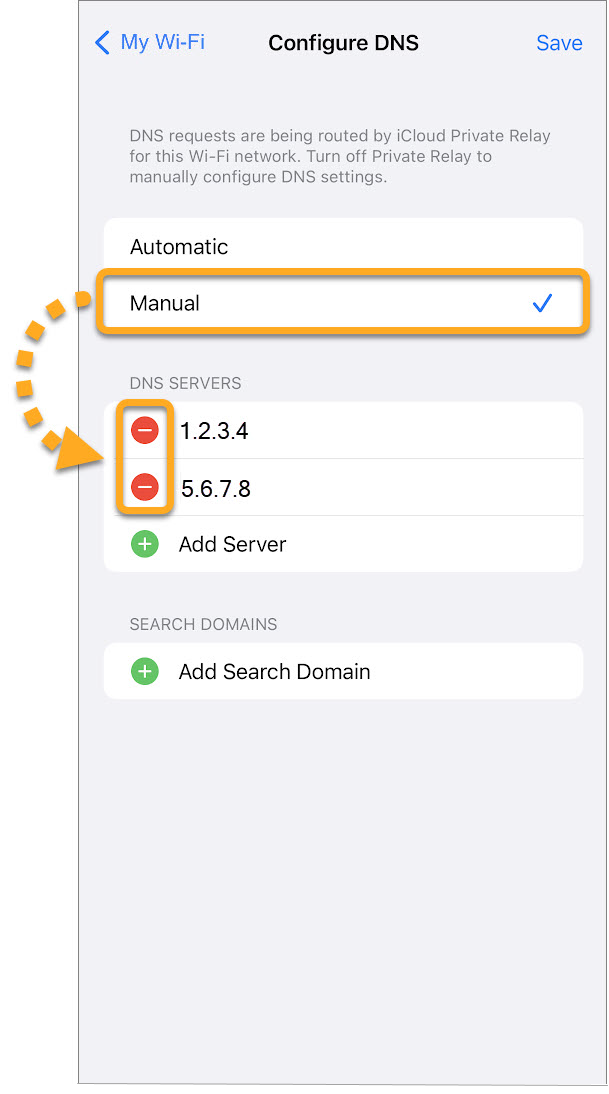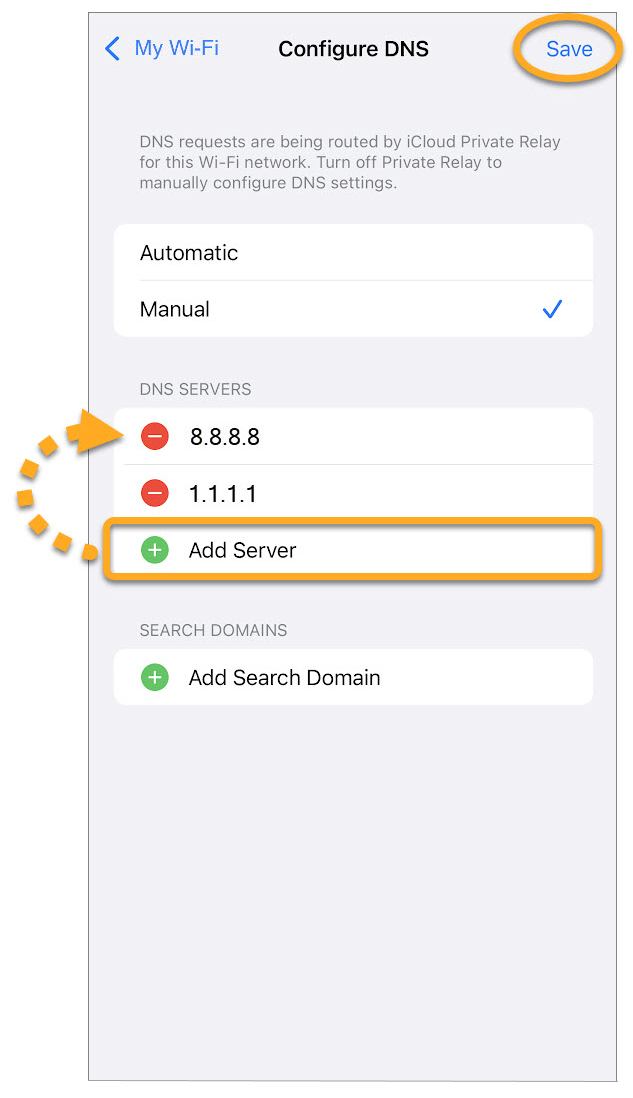Problems with the DNS servers from your internet service provider can compromise the functionality of certain AVG products. You may experience the following issues:
- AVG installation or update repeatedly fails.
- AVG does not accept your valid activation code, so you are unable to activate a paid subscription.
- AVG Secure VPN cannot establish an internet connection, or you cannot browse the internet while connected to AVG Secure VPN.
- AVG Secure Browser does not allow website access.
To troubleshoot these issues, AVG Support may request that you change your internet connection settings to use DNS servers from a different provider, such as Google, Cisco, Cloudflare, or Quad9.
Change DNS settings
To change your DNS settings on a Windows device, select the relevant tab below according to your Windows version.
- Sign in to Windows as a user with administrator permissions.
For information about user accounts with administrator permissions, refer to the following article: Manage administrative accounts on your Windows device.
- Right-click the Windows
 Start icon and select Settings.
Start icon and select Settings. 
- From the left panel, select Network & internet, then select your network connection (Ethernet or Wi-Fi).

- In the DNS server assignment panel, click Edit.

- Adjust the following options:
- From the drop-down menu select Manual.
- Tap the slider to enable IPv4.
- Choose one of the public DNS providers from the IPv4 addresses table below and fill in the Preferred DNS server address field.
- Choose one of the public DNS providers from the IPv4 addresses table below and fill in the Alternate DNS server address field.
- If IPv6 is enabled, fill in the Preferred and Alternate DNS server address fields using the addresses provided in the IPv6 addresses table below.

IPv6 AddressesDNS provider Preferred DNS server address Alternate DNS server address Google Public DNS 8.8.8.8 8.8.4.4 Cisco OpenDNS 208.67.222.222 208.67.220.220 Cloudflare 1.1.1.1 1.0.0.1 Quad9 9.9.9.9 149.112.112.112 DNS provider Preferred DNS server address Alternate DNS server address Google Public DNS 2001:4860:4860::8888 2001:4860:4860::8844 Cisco OpenDNS 2620:119:35::35 2620:119:53::53 Cloudflare 2606:4700:4700::1111 1.0.0.1 Quad9 2620:fe::fe 2620:fe::9 - Click Save.

- Click the Windows
 Start icon and select
Start icon and select  Settings (the gear icon).
Settings (the gear icon). 
- On the Windows Settings screen, click Network & Internet.

- Under Change your network settings, click Change adapter options.

- On your keyboard, press the
 Windows logo key and
Windows logo key and Xkey simultaneously.
- Select Control Panel from the menu that appears.

- Follow option A or option B below according to your view:
- Default category view: Under Network and Internet, click View network status and tasks.

- Large/small icons view: Click Network and Sharing Center.

- Default category view: Under Network and Internet, click View network status and tasks.
- Select Change adapter settings from the left panel of the Network and Sharing Center window.

- Click the Windows
 Start button and select Control Panel.
Start button and select Control Panel. 
- Follow option A or option B below according to your view:
- Default category view: Under Network and Internet, click View network status and tasks.

- Large/small icons view: Click Network and Sharing Center.

- Default category view: Under Network and Internet, click View network status and tasks.
- Select Change adapter settings from the left panel of the Network and Sharing Center window.

- Based on your current connection type, right-click the relevant Ethernet or Wi-Fi adapter in the Network Connections list, then select Properties from the context menu.


- Based on your current connection type, right-click Local Area Connection or Wireless Network Connection in the Network Connections list, then select Properties from the context menu.

- If prompted by the User Account Control dialog for permissions, click Yes.



- Select Internet Protocol Version 4 (TCP/IPv4) from the list, then click Properties.



- Select Use the following DNS server addresses, then choose one of the public DNS providers from the table below and enter both IP addresses (preferred and alternate) into the relevant boxes. Click OK to confirm.
DNS provider Preferred DNS server address Alternate DNS server address Google Public DNS 8.8.8.8 8.8.4.4 Cisco OpenDNS 208.67.222.222 208.67.220.220 Cloudflare 1.1.1.1 1.0.0.1 Quad9 9.9.9.9 149.112.112.112 Do not change anything in the upper section related to IP address, Subnet mask and Default gateway.


- If the Windows Network Diagnostics window appears, click CancelClose to exit.



- On your keyboard, press the
 Windows logo key and
Windows logo key and Rkey simultaneously to run the Windows Services console.
- Enter
cmdinto the Open field and click OK.



- In the Command Prompt window that appears, enter
ipconfig /flushdnsand pressEnteron your keyboard.
Your DNS settings are now changed.
- Sign in to your Mac as a user with administrator permissions.
- In the menu bar, click the Apple icon ▸ System Preferences..., then select Network.

- Based on your current connection type, select the relevant Ethernet or Wi-Fi connection from the left menu, then click Advanced....

- Select the DNS tab, then and click the + plus icon to add a server to the list.

- Choose one of the public DNS providers from the table below, then enter the DNS server address for the DNS Servers field. Click OK to confirm.
DNS provider DNS server address Cisco OpenDNS 208.67.222.222 Google Public DNS 8.8.8.8 Cloudflare 1.1.1.1. 1.1.1.1 Quad9 9.9.9.9 
Your DNS settings are now changed.
- Open your device Settings and select Connections ▸ Wi-Fi.

- Select the Wi-Fi network you are connected to from the list.

- Tap View more ▸ IP settings and select Static to open DNS settings.

- Delete any existing DNS servers under DNS 1 and DNS 2, then choose one of the public DNS providers from the table below and enter the DNS server address into the DNS 1 field. Tap Save to confirm.

DNS provider DNS server address Cisco OpenDNS 208.67.222.222 Google Public DNS 8.8.8.8 Cloudflare 1.1.1.1. 1.1.1.1 Quad9 9.9.9.9
Your DNS settings are now changed.
Change DNS to a private provider
To change your DNS settings on an Android device to a private DNS provider, follow the steps below:
- Open your device Settings and select Connections ▸ More connect settings.

- Select Private DNS.

- Select Private DNS provider hostname and enter the hostname of your preferred private DNS provider (e.g.
dns.googlefor Google DNS).
- Click Save to apply the settings.

Your DNS settings are now changed to a private DNS provider.
- Open your device Settings and select Wi-Fi.

- Select the Wi-Fi network you're connected to from the list.

- Tap Configure DNS to open DNS settings.

- Select Manual and tap the red circle icon next to any existing DNS servers to remove them.

- Choose one of the public DNS providers from the table below, then tap Add Server and enter the DNS server address into the DNS servers field. Tap Save to confirm.
DNS provider DNS server address Cisco OpenDNS 208.67.222.222 Google Public DNS 8.8.8.8 Cloudflare 1.1.1.1. 1.1.1.1 Quad9 9.9.9.9 
Your DNS settings are now changed.
- All AVG consumer software products
- All supported platforms
